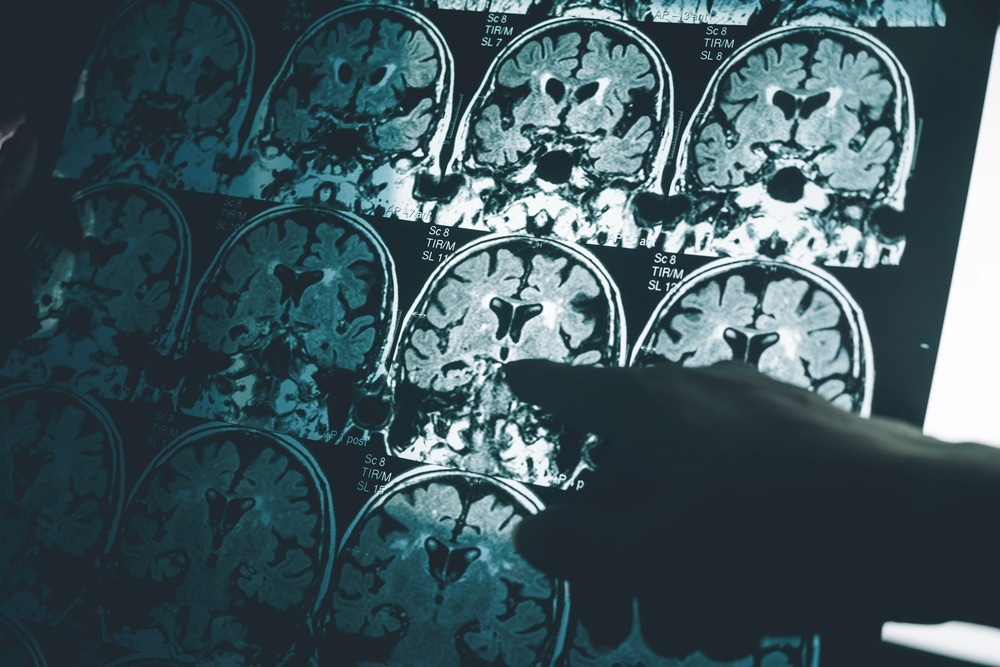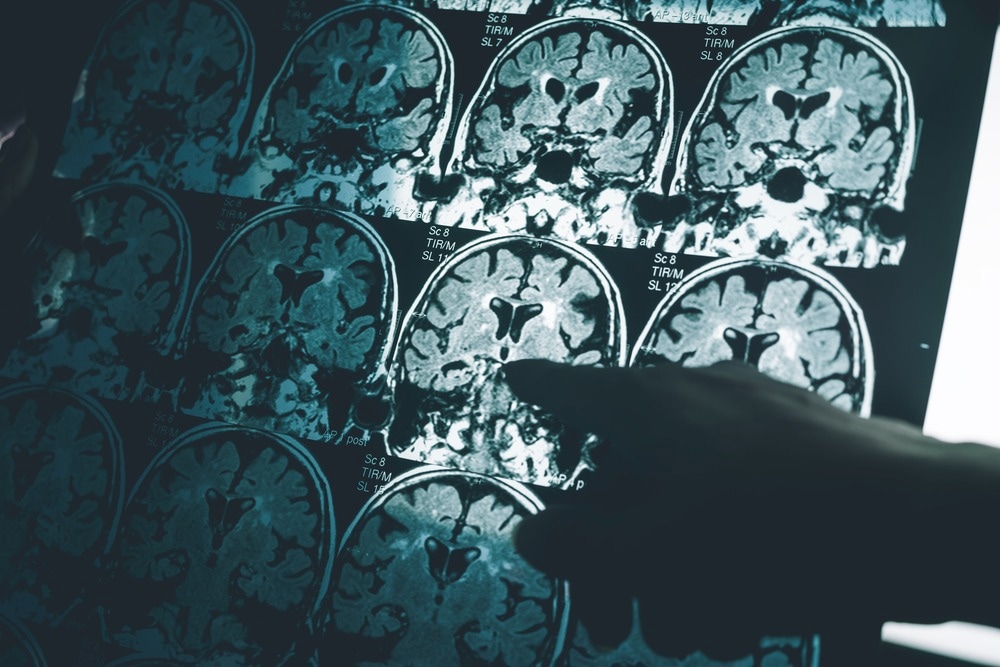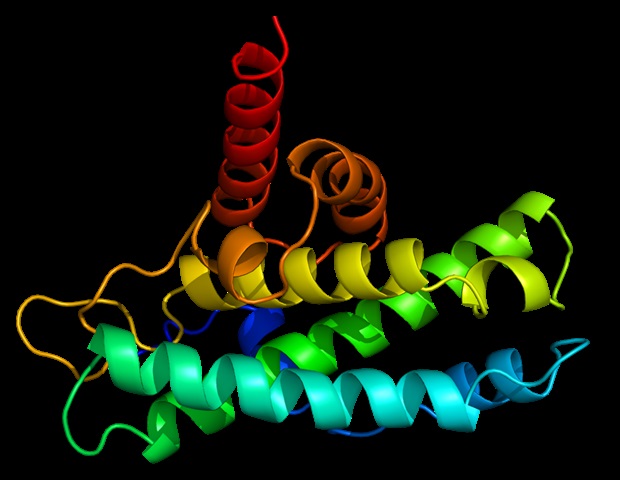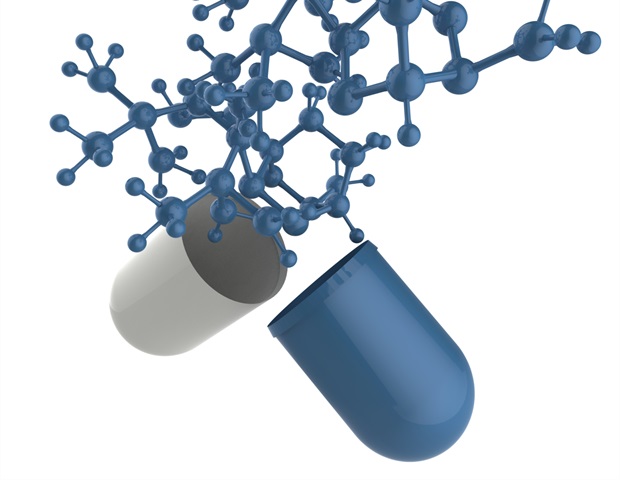A recent review published in Biochemical Pharmacology summarized the ongoing research, providing insights into pathophysiology and emerging drugs for Alzheimer’s disease (AD).

Background
AD is a neurodegenerative disease characterized by the progressive loss of cognitive functions and mainly affects older adults. This decline is mostly due to the aberrant accumulation of toxic protein fragments, namely amyloid-beta (Aβ) and tau protein. Besides, abnormalities in apolipoprotein E, particularly associated with the ε4 allele, and in the abundance of α-synuclein are also implicated.
Genetically, AD is classified into sporadic and familial cases. In familial AD, subjects inherit a mutation and are early-onset AD cases, affecting a small proportion of patients. Sporadic AD is the most prevalent form, where environmental factors and anomalies in apolipoprotein E4 are risk factors.
Clinical manifestations and pathophysiology of AD
Studies have shown that AD severity is linked to progressive interference with the cholinergic system. Thus, the progressive decline of cholinergic neurons contributes to age-related memory loss and cognitive deficits. The brain allows patients at the early AD stage to maintain normal cognitive functions. As AD progresses, the cognitive decline becomes noticeable.
Consequently, confusion, memory loss, behavioral changes, and apathy become evident, and eventually, basic functions are affected. Three stages of AD have been described – preclinical, mild cognitive impairment, and dementia. The central pathologic hallmarks of AD are Aβ plaques, neurofibrillary tangles, and loss of neurons.
Aβ, the proteolytic fragment of amyloid precursor protein (APP), is critical in AD pathogenesis. APP cleavage can occur by non-amyloidogenic and amyloidogenic pathways. In the non-amyloidogenic pathway, α-secretase cleaves APP to yield soluble ectodomain (APPα) and membrane-tethered C-terminal fragment α.
Subsequent cleavage of the α fragment by γ‐secretase produces p3, a non-amyloidogenic fragment without pathologic effects. In the amyloidogenic pathway, β-secretase cleaves APP into APPβ (ectodomain) and C-terminal β fragments—further cleavage of the β fragment by the γ-secretase yields Aβ peptides.
The formation of neurofibrillary tangles of tau protein aggregates is another hallmark of AD. Abnormal phosphorylation of the tau protein reduces its affinity for microtubules and increases its susceptibility to aggregate. Thus, hyperphosphorylation of the tau protein results in its functional loss, neuronal death, loss of synapses, and dementia.
Oxidative stress
Oxidative stress in AD is associated with neurodegeneration through Aβ production/accumulation, microglia activation, mitochondrial dysfunction, and dysregulation of redox-active metal ions. Several studies revealed that oxidative stress contributes to an increased formation of senile plaques and enhanced oligomer accumulation. Microglia are activated in response to Aβ accumulation to eliminate toxic stimuli.
As a result, deleterious effects of AD may occur due to the release of inflammatory factors. The inflammatory response by the microglia can also induce reactive astrocytes, leading to a secondary inflammatory response. Reactive astrocytes in AD play critical roles in neuroinflammation and reactive oxygen/nitrogen species generation, which may promote/aggravate neuropathology and neurodegeneration.
AD biomarkers
Current AD diagnosis includes cognitive testing and neuroimaging, and screening of biomarkers. Identifying the disease, ideally, before symptom onset, has driven the investigation of a combination of cerebrospinal fluid biomarkers and imaging. The biomarkers of AD can be classified into classical and novel candidates leaning towards pathologic features such as synaptic dysfunction, neuronal atrophy, progressive accumulation of senile plaques, tau hyperphosphorylation, metabolic dysfunction, and innate immune response.
Disease-modifying therapies
Current AD treatments include acetylcholinesterase inhibitors and N-methyl-D-aspartate (NMDA) receptor antagonists. The ongoing AD drug development efforts involve disease-modifying strategies focused on small molecules or immunotherapies. The development of multitarget ligands and multifunctional compounds to target many pathways implicated in disease progression has been appealing.
Although tacrine was developed as an inhibitor of acetylcholinesterase in AD, it was withdrawn due to hepatotoxicity. Over time, tacrine derivatives have been explored as multitarget compounds for simultaneous action against cholinesterases and Aβ deposition. Tacrine hybrids, including tacrine-coumarin hybrids, have been developed as multifunctional compounds to treat AD. Ceria nanoparticles are used to protect mitochondria from oxidative stress.
Moreover, selenium and gold nanoparticles are studied for inhibitory effects on Aβ accumulation. Reports suggest that antisense oligonucleotides and small-interfering RNA can reduce tau protein expression. Currently, five anti-Aβ and four anti-tau antibodies are being evaluated in ongoing clinical trials. Further, anti-tau vaccines are being studied in clinical trials.
Concluding remarks
Notwithstanding the advances over the past decades, the exact etiology of AD is yet to be elucidated. Existing therapies are focused on relieving symptoms, with no effects on clinical disease progression. Establishing reliable biomarkers for AD has remained challenging. Many small molecule therapies have failed in clinical trials, leading to a shift from single- to multi-target disease-modifying drugs. These emergent approaches may constitute a significant breakthrough in AD treatment in the future.















